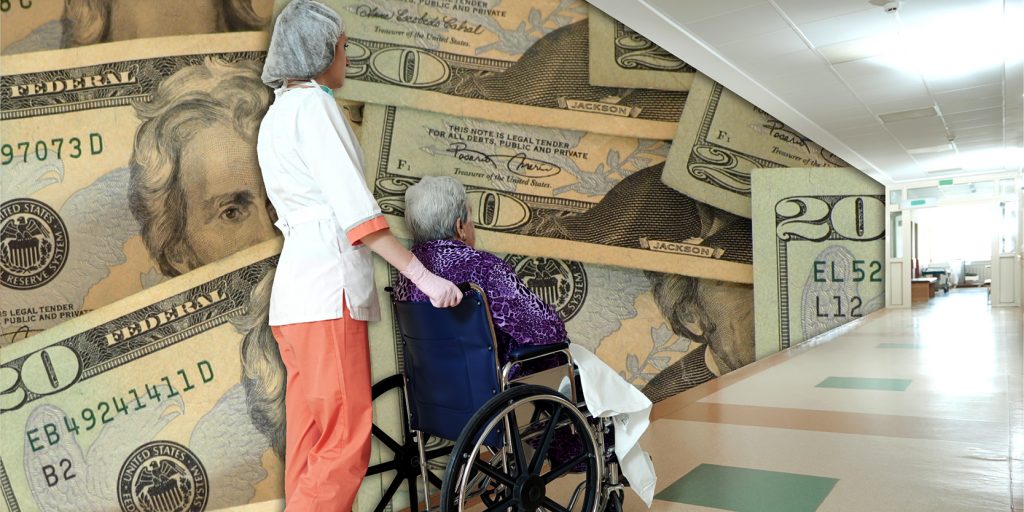|
Texas Health Care Briefing No. 2
August 2016
Changes will affect ratings for many Texas skilled nursing facilities
Texas nursing homes among leaders in reducing use of antipsychotics
State not meeting Texas nursing home costs for taking care of Medicaid residents
Long-term wisdom
Archives:
|

State not meeting Texas nursing home costs for taking care of Medicaid residents
Continued shortfall could spell trouble ahead for industry, nursing home residents
As skilled nursing facilities across Texas struggled to meet the most rigorous industry regulations in the nation, the state continues to reimburse providers nearly $20 per day less than the cost of care, per Medicaid resident in 2014, according to the latest Medicaid Cost Report Data.
Even worse, that $20 per person daily deficit only included allowable expenses, and not all the costs that go into raising the standard of long-term care that Texans demand.
According to the 2014 Medicaid Cost Report Data, the most recent numbers available, Texas nursing home providers racked up $157.84 in costs per Medicaid resident, per day. The state’s reimbursement for those costs was just $138.37. That’s a difference of 12.3 percent, or $19.46. And that includes a 4 percent increase from the state’s previous level of spending to help providers raise their quality of care for Texas nursing homes, said Kevin Warren, president of the nonprofit Texas Health Care Association.
“The ability to meet the needs and expectations of the growing elderly and disabled population should be a major cause for concern for everyone. As a result of the shortfall, almost 80 percent of nursing homes in Texas are not having their costs for taking care of Medicaid patients met by the state,” said Warren. “Continued shortfall on covering these costs is setting us up for trouble ahead for Texas nursing homes.”
The below-cost level of reimbursement lowers wages and contributes to the state’s unprecedented level of turnover — as much as 94 percent for registered nurses — as frontline caregivers quit for better-paying jobs in fast food.
Warren said the state’s Medicaid reimbursement shortfall not only forces down wages for frontline staff, but prohibits nursing home owners from buying much-needed medical equipment or updating aging facilities.
“For a 100-bed facility, with an average Medicaid census that equals the state average of 70 percent, a $20 a day shortfall is almost a half-million-dollar funding gap the facility has to attempt to overcome. Buying new equipment or investing more for staff is tough when you aren’t getting paid in full for providing care for a majority of your residents,” Warren said. “Texas nursing homes are 100 percent dedicated to providing high-quality, hands-on care every day. But when it comes time to pay the bills, the state is falling short — about 12 percent short, to be exact, according to this study.”
Texas lawmakers can avert a future nursing home crisis by fixing the funding shortfall next legislative session, said Dr. C. Bruce Davis, deputy speaker pro tem for the Texas Silver-Haired Legislature. The issue is one of the group’s top legislative priorities for the 2017 legislative session.
“The low Medicaid reimbursement rate in Texas, 49th lowest in the nation, threatens the closure of many of our rural nursing facilities,” Davis said. |



